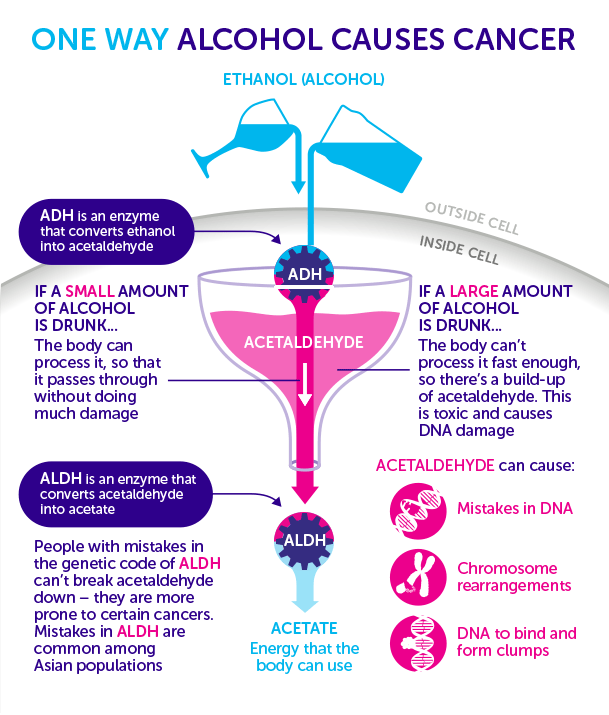Uncovering the mysteries of alcohol metabolism and intoxication levels: delve into the science behind booze for a fascinating read!

Image courtesy of Andrea Piacquadio via Pexels
Table of Contents
Alcohol consumption is a common social activity enjoyed by many, but have you ever wondered how many beers it takes to get drunk? The answer to this question isn’t as straightforward as one might think. Getting drunk varies greatly depending on a multitude of factors, including individual tolerance levels, alcohol metabolism, and other influencing factors.
Factors Influencing Intoxication
Weight, gender, metabolism, and food intake are just a few factors that can play a significant role in how easily someone becomes intoxicated. Body weight is a crucial factor because alcohol is distributed in body water, meaning that those with a higher body weight tend to feel the effects of alcohol less quickly compared to those with a lower body weight.
Gender also plays a role in intoxication levels, as women generally have a higher blood alcohol concentration (BAC) after consuming the same amount of alcohol as men. This is due to the fact that women tend to have a higher percentage of body fat and lower levels of alcohol dehydrogenase, an enzyme that metabolizes alcohol.
Metabolism can greatly affect how quickly an individual feels the effects of alcohol. Those with a faster metabolism may process alcohol more quickly, leading to a decreased intoxication level. On the other hand, individuals with a slower metabolism may feel the effects of alcohol more intensely and for a longer period of time.
Additionally, food intake can impact intoxication levels. Eating a meal before consuming alcohol can slow down the absorption of alcohol into the bloodstream, reducing the likelihood of feeling drunk quickly. However, drinking on an empty stomach can lead to faster intoxication.
Alcohol Metabolism
alcohol metabolism is a complex process that occurs primarily in the liver. When alcohol is consumed, it is broken down by enzymes in the liver, including alcohol dehydrogenase and aldehyde dehydrogenase. These enzymes convert alcohol into acetaldehyde and then into acetate, which is eventually broken down into carbon dioxide and water.
Individuals metabolize alcohol at different rates, which can impact how quickly they become intoxicated. Factors such as genetics, age, and liver health can influence the efficiency of alcohol metabolism. Those with a genetic predisposition to metabolize alcohol at a slower rate may feel the effects of alcohol more quickly and intensely.
Individual Tolerance Levels
alcohol tolerance refers to an individual’s ability to withstand the effects of alcohol without becoming noticeably intoxicated. Tolerance levels can vary greatly among individuals and can change over time with regular alcohol consumption. Those who drink alcohol regularly may develop a higher tolerance level, requiring more alcohol to feel the same effects.

Image courtesy of blog.dana-farber.org via Google Images
Building tolerance to alcohol can be dangerous, as it can lead to increased alcohol consumption and potential health risks. It is important to be aware of one’s own tolerance level and to drink responsibly to avoid potential negative consequences.
Conclusion
Understanding the science behind alcohol metabolism and intoxication levels can provide valuable insight into how alcohol affects the body. By considering factors such as weight, gender, metabolism, and tolerance levels, individuals can make informed decisions about their alcohol consumption and avoid the negative consequences of overindulgence.
Remember, it’s always important to drink responsibly and know your limits when it comes to alcohol consumption. By staying informed and aware of how alcohol affects your body, you can enjoy the social aspects of drinking while prioritizing your health and well-being.
FAQ
How does alcohol metabolism differ between men and women?
Women tend to have a higher blood alcohol concentration (BAC) after consuming the same amount of alcohol as men due to differences in body composition and enzyme levels.
Can metabolism affect how quickly someone gets drunk?
Yes, individuals with a faster metabolism may process alcohol more quickly, leading to a decreased intoxication level, while those with a slower metabolism may feel the effects more intensely.
What factors contribute to individual tolerance levels?
Factors such as genetics, age, frequency of alcohol consumption, and liver health can impact an individual’s tolerance levels, influencing how much alcohol is needed to feel intoxicated.
How can someone build alcohol tolerance?
Regular alcohol consumption can lead to increased tolerance levels, requiring higher amounts of alcohol to feel the same effects. However, building tolerance can be risky and may result in health consequences, emphasizing the importance of drinking responsibly.
Generated by Texta.ai Blog Automation
Leave a Reply